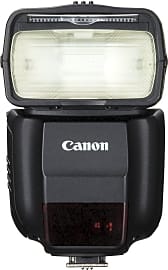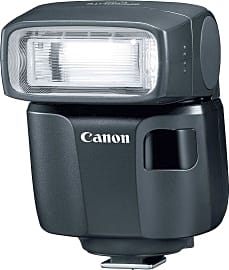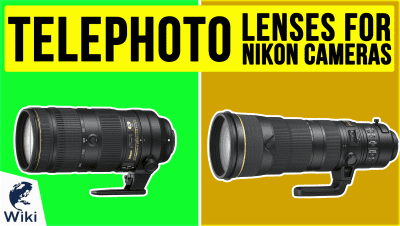The 9 Best Flashes For Canon Cameras

This wiki has been updated 27 times since it was first published in March of 2018. When you're shooting in an environment that's a little too dark to achieve an optimal exposure, or you prefer to have complete control over a complex lighting setup, one of these flashes for Canon cameras should give you exactly what you need. We've included a wide selection of models for professionals and amateurs alike, and ranked them by power, versatility, and build quality. When users buy our independently chosen editorial picks, we may earn commissions to help fund the Wiki.
Editor's Notes
November 20, 2019:
While brand purists might scoff at the thought of using an aftermarket flash, it's undeniable that companies like Neewer and K&F Concept have taken a lot of what makes Canon Speedlites great and found ways to produce them for a lot less by cutting often meaningless corners. The Neewer NW760 Remote TTL is a great example of this. Of course, it's still technically a budget option, as reflected in its recycle time and minimal overheat protection, but it's still going to give you very similar performance in the actual images it can help you capture, even if it isn't quite as durable as the real thing.
Quite possibly the most exciting addition to our list is the 470EX-AI Auto Intelligent from Canon, which is a mid-level flash with very exciting technology built into it that allows it to assess the frame in front of it and adjust its angle and intensity automatically, theoretically giving you optimal exposure without you having to change a single setting. It works most of the time, but it's important to remember that there are limitations to what an on-camera flash can accomplish, and if there's no reliable surface to bounce that light off, then there's not much it can do to create a well-lit picture. At a certain point, a strobe system is necessary to achieve studio-quality shots, and some environments are just not flash-friendly.
What's great about it is that it can give new shooters the opportunity to see the difference between how they might set up the flash and how the AI does it for them, and to learn from its programming. It also offers a semi-auto mode, so users can take a little manual control into their hands as they get to know what they should be doing to get the best results.














